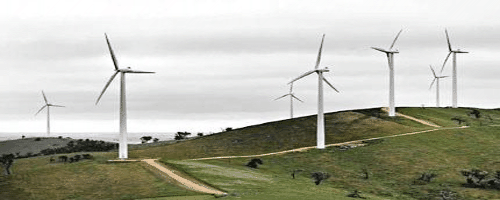
The South Downs National Park Authority has issued a draft policy document [PDF], entitled A Thriving Living Landscape. and invited comments. Some extracts follow:
- The National Park offers important opportunities for renewable energy generation including woodfuels, solar, wind and anaerobic digestion ..
- Climate change or lack of appropriate management could be a threat to much of our heritage.
- Allow the landscape to continue to evolve and become more resilient to climate change.
- Contribute to the delivery of government climate change strategy targets through renewable energy schemes ..
- There are five oil and gas wells within the Park some already in production others at the exploration and appraisal stage.
- The South Downs National Park carbon footprint relating to transport is a significant proportion of the overall total .. promoting alternatives to the car also supports opportunities to make tourism more sustainable and increase spend per person (surveys show this is a fact) ..
- Promote travel behaviour-change across the National Park ..
- Increasing the proportion of visitors staying in the Downs .. develop .. a wide range of high quality accommodation provision ..
- Most problems with visitor behaviour are local visits from surrounding areas ..
- Volunteers are not widely representative of the local demographic.
- Increase opportunities for young adults, people from Black, Asian and Minority Ethnic (BAME) communities, people with disabilities and people from areas of deprivation to visit the National Park.
- Support land managers to access incentive schemes and work with partners to effectively target agri-environment grants and influence the development of future payment schemes.
- With the removal of the Regional Development Agencies (RDA’s) and setting up of Local Enterprise Partnerships (LEPs) the economic framework of the region has changed significantly. There are three LEPs that cover the SDNP. LEPs currently administer the Growing Places Funds which are revolving funds aimed at unblocking development proposals. Currently no Rural Growth Funds are available within the South East LEPs. It is likely that the LEPs may have an enhanced role in distribution of EU structural funds. Future investments will need to fit with the LEPs Strategies for Growth. There is a need to ensure that these have a rural element and that they fit with SDNP objectives.
